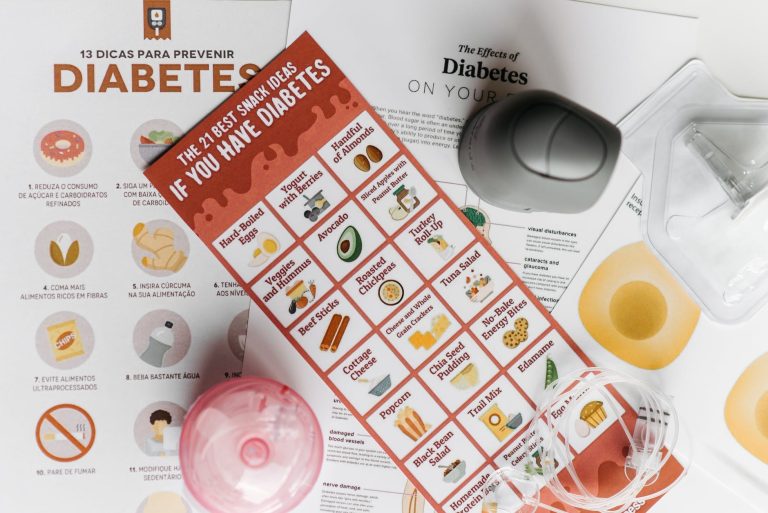The Astra Space (ASTR) merger SPAC deal has been completed and ASTR shares are now trading on the stock exchange.
Astra has staffed up heavily since deciding to go public, adding new leadership from Apple, Tesla, Blue Origin and more.
“We’ve almost invested more time in building the team for the last six months than we have in this transaction, because we knew this day was coming,” Kemp said.
Astra CFO Kelyn Brannon, who joined the company in December, has a background from a variety of Silicon Valley companies, including as Amazon’s chief accounting officer in the late 1990s.
The company’s last launch in December reached space, but the Rocket 3.2 vehicle came just short of orbit. However, the mission gave Astra leadership the confidence that its next launch, Rocket 3.3, can carry paying customers. Kemp said Rocket 3.3 is in testing currently, with the company remaining on track to launch the mission “this summer.”
Astra plans to manufacture a dozen of the Rocket 3 series vehicles, with the next few currently in production.
“We’ll start to roll these things off the production line monthly,” Kemp said. “Our goal is to hit a monthly cadence by the end of the year, and then really just ramp from there. We’ve planned 15 launches for 2023.”
Astra currently launches from Kodiak, Alaska, but the company has identified more spaceports around the world for launches. With a system that requires just a few people to set up for a launch, Kemp emphasized that Astra does not want “to be locked in a single location.”
While several other space companies are going public via SPACs, and despite Astra’s competitors like Rocket Lab or Virgin Orbit in the private rocket launch market, Kemp sees the industry’s momentum and growth as a positive sign for his company’s future.
“I think competition is great,” Kemp said. “Our sphere is trying to get a whole new economy in low Earth orbit, and it’s meant to improve life on Earth.”
Additionally, Brannon emphasized that Astra’s focus on simplicity and manufacturability gives it an edge v. its competitors.
“The way that we got to space three years faster than anyone else was the fact that we iterate,” Brannon said. “You put more up into space, you learn more.”




